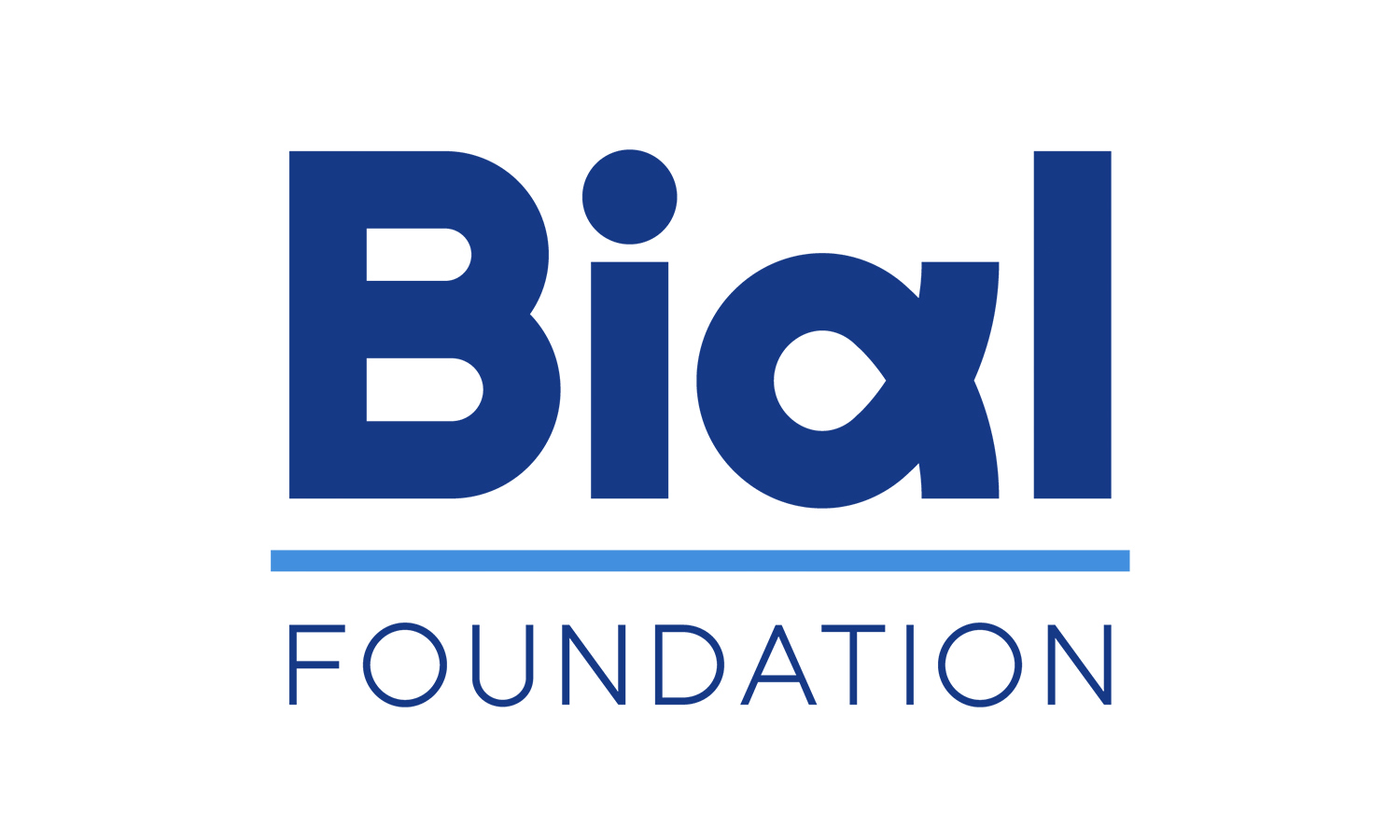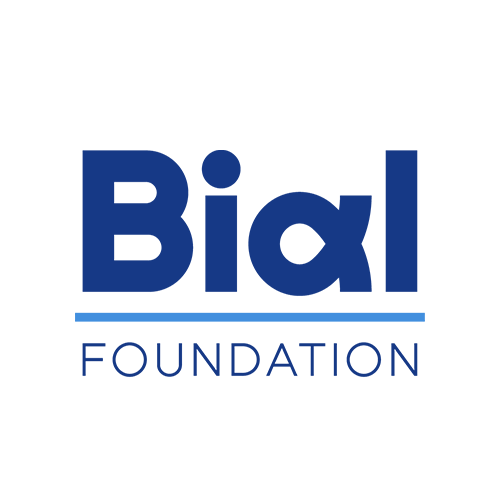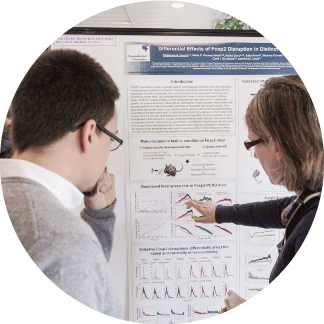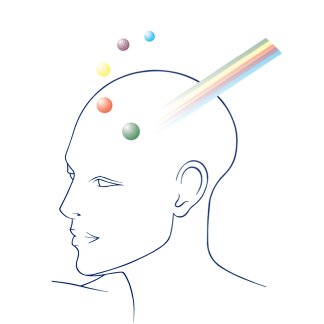News
Top Stories

Does your dog have social skills?
A study suggests that viewing the owner’s face works as a positive social reinforcement for dogs. Learn more about this and other surprising results about “man’s best friend”.
News
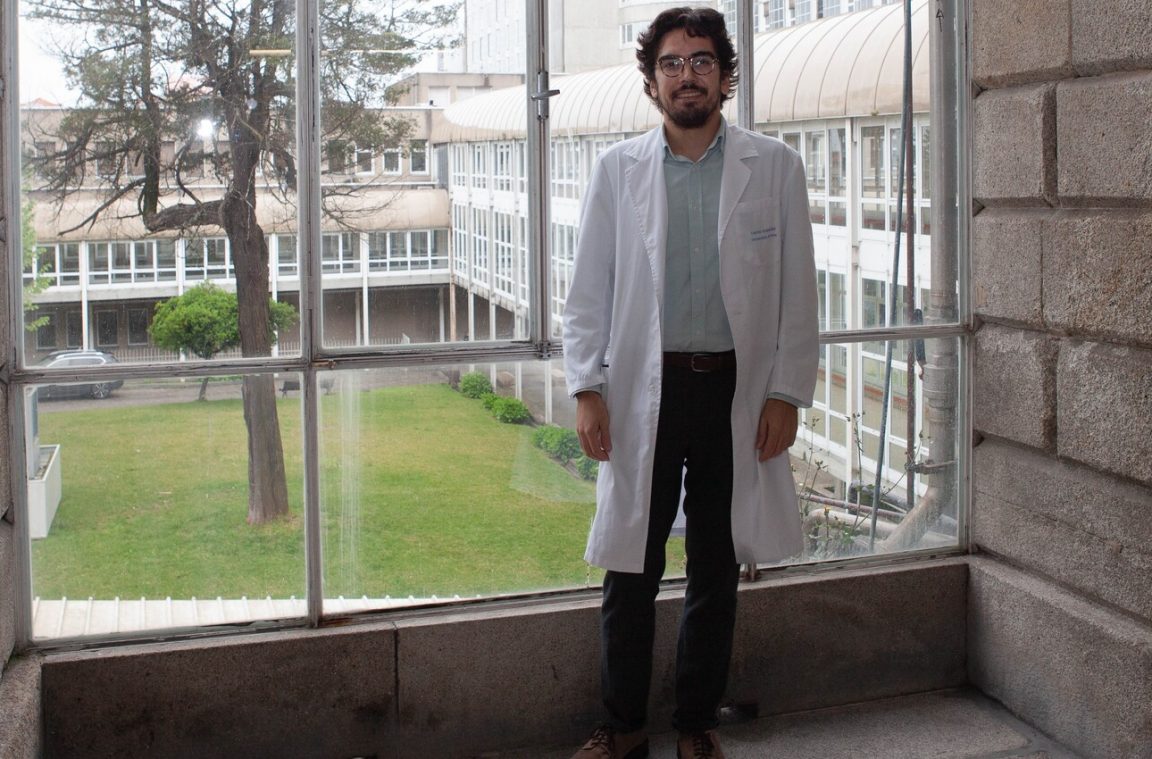
Nuno Grande Doctoral Scholarship 2023 already has a winner
João Moura, a student in the doctoral programme in ICBAS, is the winner of the 2nd edition of the Nuno Grande Doctoral Scholarship with a research project on encephalitis.
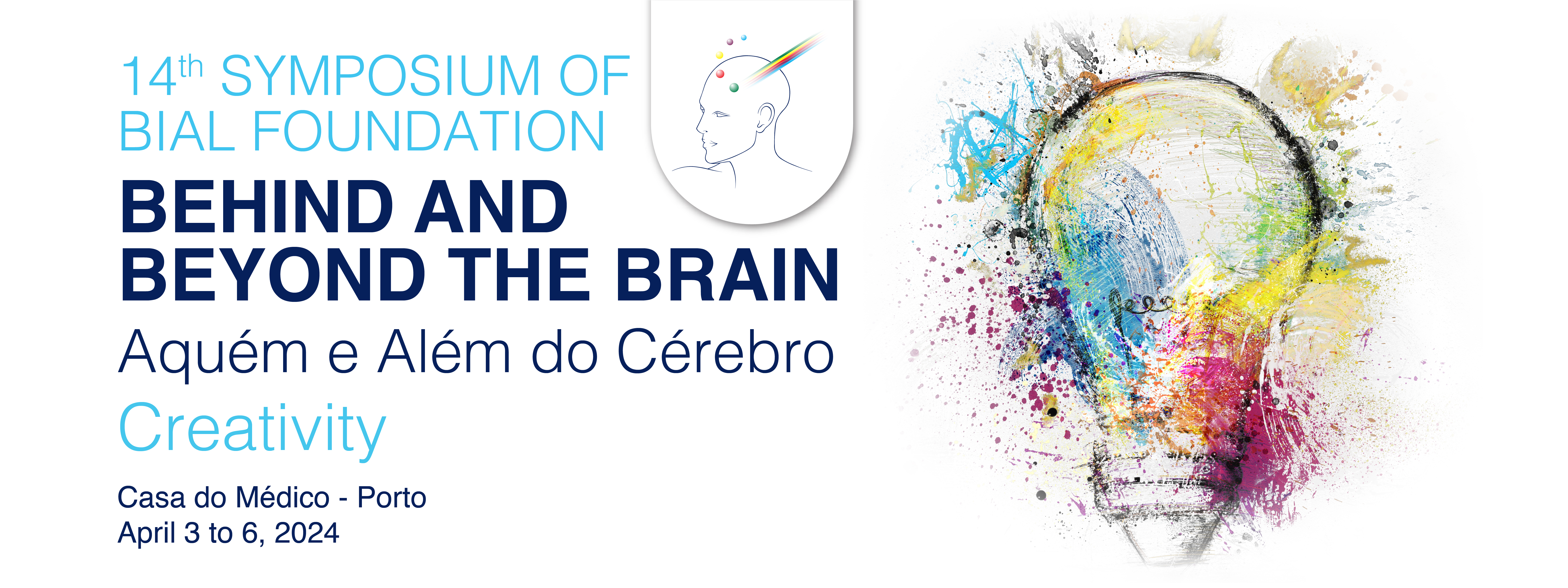
14th "Behind and Beyond the Brain" Symposium: registrations now open
Registrations are now open for the 14th "Behind and Beyond the Brain" Symposium, which will debate the theme of "Creativity", from 3 to 6 April, in Porto.

Effects of a web-based mindfulness intervention
In the scope of the research project 104/18 - Effect of mindfulness on EEG brain activity for cognitive and psychological well-being in the elderly, led by Samantha Galluzzi, the research team aimed to assess both short and long-term cognitive, psychological, and physiological outcomes of an adapted 8-week mindfulness-based intervention (MBI) delivered through live web-based videoconferencing among a group of healthy older adults. The findings, published in BMC Geriatrics, in the article Cognitive, psychological, and physiological effects of a web-based mindfulness intervention in older adults during the COVID-19 pandemic: an open study indicate that participants improved in various domains, including verbal memory, attention switching and executive functions, interoceptive awareness, and rumination both pre-to-post MBI and at 6-month follow-up (T6). Notably, the most significant changes, with medium effect sizes, were observed in immediate verbal memory and self-regulation in interoceptive awareness, and these improvements were sustained at T6. Furthermore, the study revealed changes in EEG alpha1 and alpha2 activity modulation, which correlated with improvements in attention switching, executive function and rumination.

